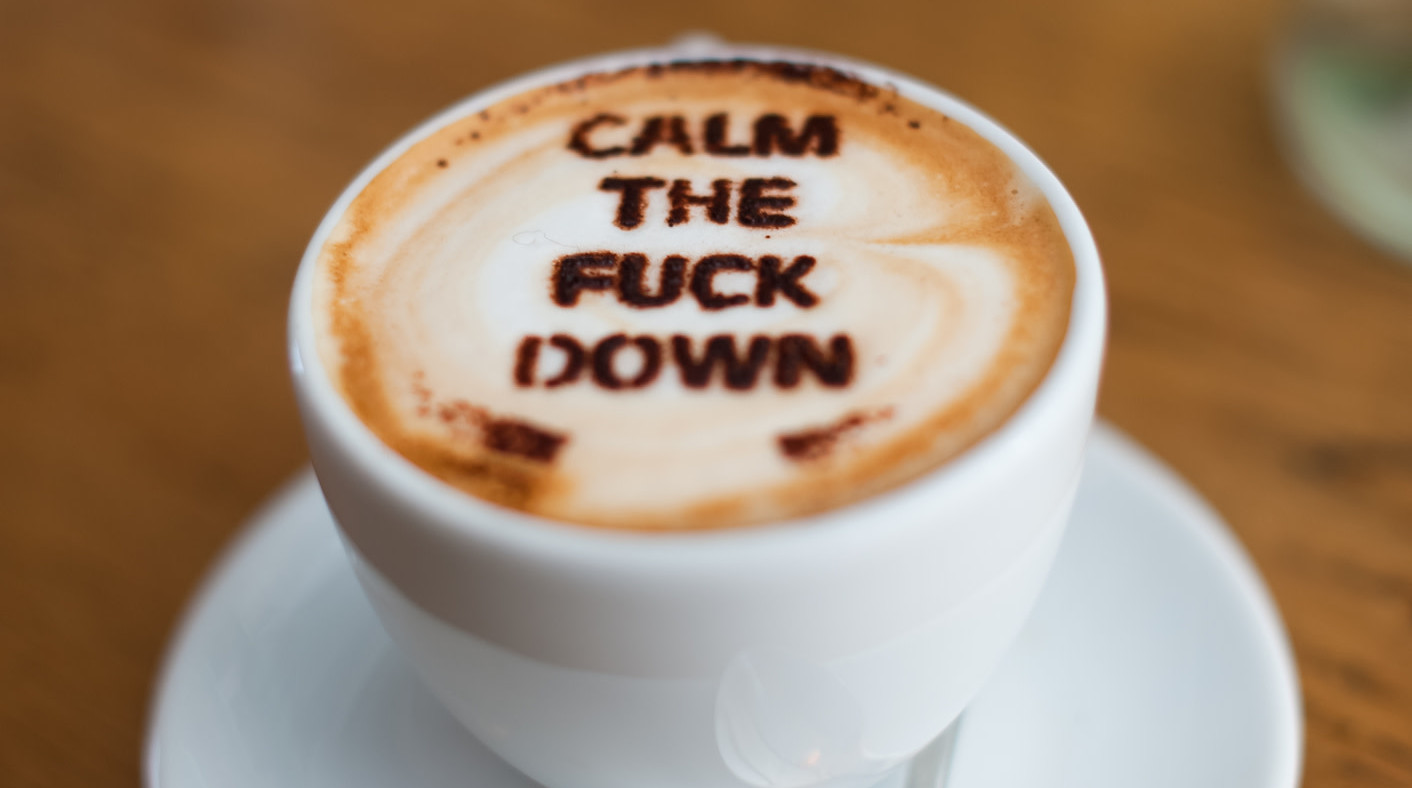Scientists Pinpoint Just How Much Coffee Is Too Much Coffee
Too much coffee could precede the same punchline as leftover wine: Who's ever heard of such a thing? But even as a person who chemically requires the stuff, I admit there is a line. Cross it, and you feel the headache-y, jangly-brain, sour stomach high that only abates with time and lots of water. And too much coffee consumption over a period of time can increase a person's risk for cardiovascular disease, new research published in The American Journal Of Clinical Nutrition finds. In that study, scientists pinpoint the precise level at which caffeine becomes detrimental rather than helpful to one's health: Six cups per day.
Compared to non-coffee drinkers and those who drink decaffeinated tea, drinkers of moderate amounts of coffee had a lower risk of cardiovascular disease. But once coffee consumption topped six cups per day, the risk of cardiovascular disease increased 22%. Researchers drew data from a database of 347,077 individuals in the UK Biobank, an open-access database containing genetic, physical and health data from hundreds of thousands of people between 2006 and 2010. Presumably, coffee consumption was self-reported, in which case six cups is quite a bit; most people don't realize their 16-ounce mugs constitute way more than a cup of coffee. A recent German study set the ideal coffee consumption level at four cups daily.
As someone who used to bump up against that six-cup threshold, I made a conscious effort to wean my consumption down in recent years. Mostly, I found that if I brewed better coffee and savored it just a bit more in the mornings, I didn't need to drink the equivalent of two Big Gulps of it. The first cup wakes me up, the second cup gets me through the morning rush, and some days, I can even forgo the third cup. This means I'm going to live forever, right?
